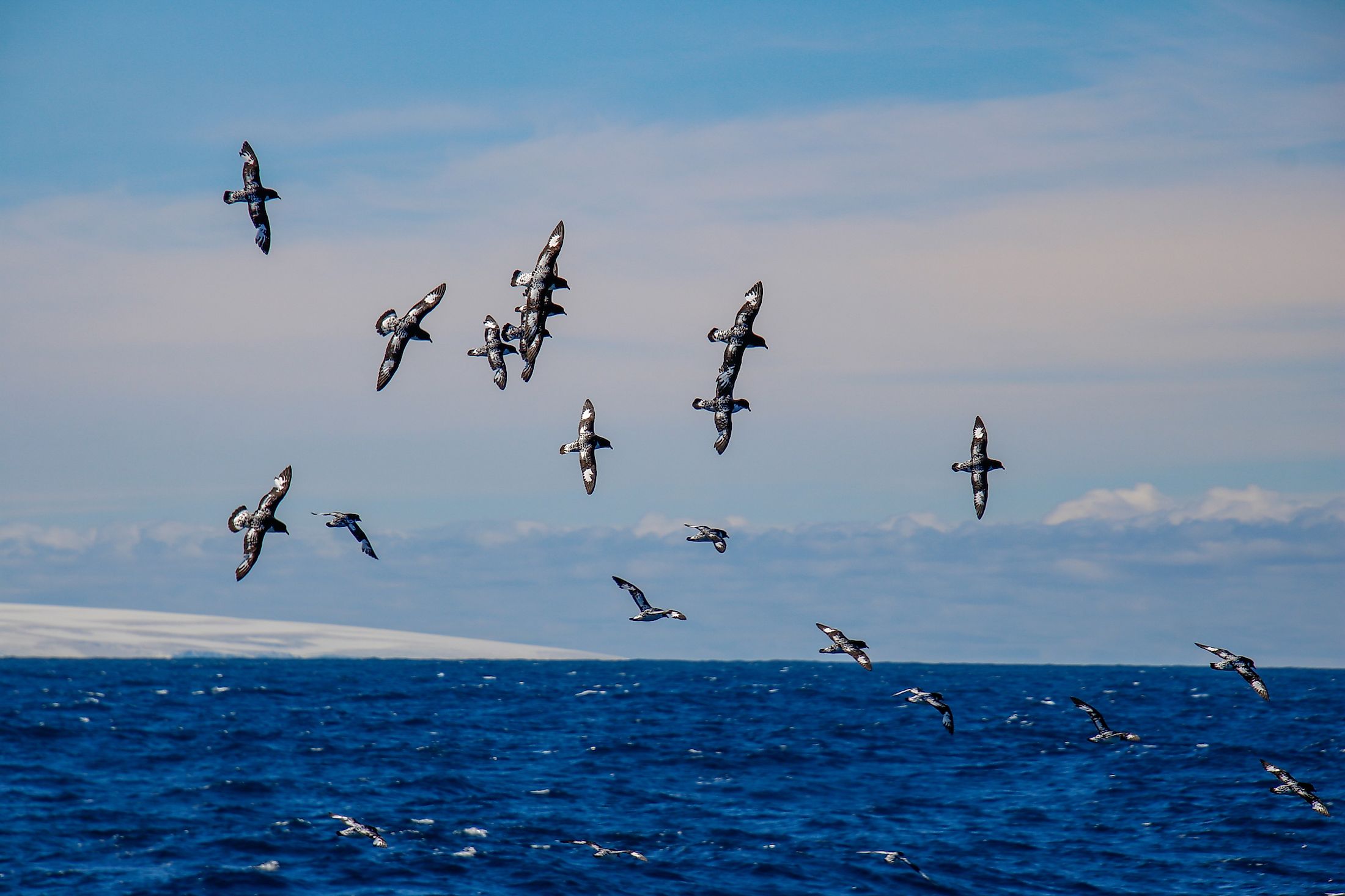
Southern Ocean
The World Ocean covers approximately 361.1 million km2 (70.8%) of the Earth’s total surface. It is divided into five oceanic areas, separated by the different world continents. The Southern Ocean, also known as the Antarctic Ocean, is the fourth-largest ocean by surface area, spanning over 20.3 million km2. It accounts for about 5.6% of the total oceanic area and is only larger than the Arctic Ocean. For decades, geographers disagreed on its existence, with the majority considering its waters as part of the other three largest oceans; Atlantic, Indian, and Pacific Oceans. However, the International Hydrographic Organization describes the Southern Ocean as the World Ocean’s southernmost portion.
Contents:
Geography
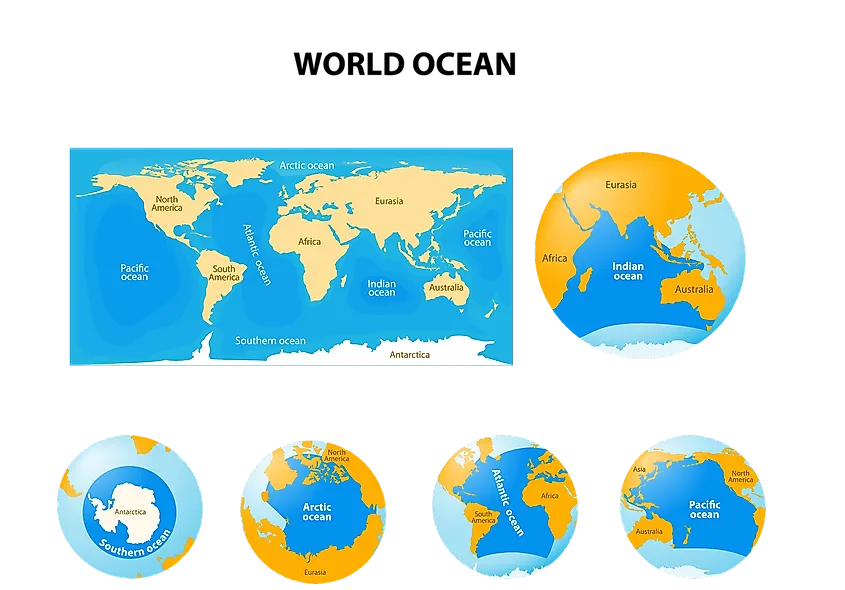
The Southern Ocean is the southernmost portion of the World Ocean. It is located on the lower end of the Pacific, Atlantic, and Indian Ocean, and includes the tributary seas around the Antarctic region. The Southern Ocean is unbroken or uninterrupted by any landmass, with its northern limit extending into the other three larger oceans. At 1,000 kilometers, the Drake Passage is the Southern Ocean’s narrowest point. The passage is located between the Antarctica Peninsula’s tip and South America.
The Southern Ocean is 4,000-5,000 meters deep for most of its extent, with a small shallow area. At 7,236 meters, the South Sandwich Trend’s southern end is the ocean’s deepest point. The Antarctic continental shelf is usually narrow, at less than 260 kilometers, but often deep, with its edges reaching 800 meters below the ocean’s surface. The oceanic basins, located farther north, have a maximum depth of 4,500 meters and are defined by the oceanic rise. The Weddell Sea, located near the Antarctic Peninsula’s coast, is the Southern Ocean's largest sea, covering 2.8 million km2. Other major seas include Somov, Riiser-Larsen, Lazarev, Scotia, Cosmonauts, and the Ross Sea.
Ocean Current
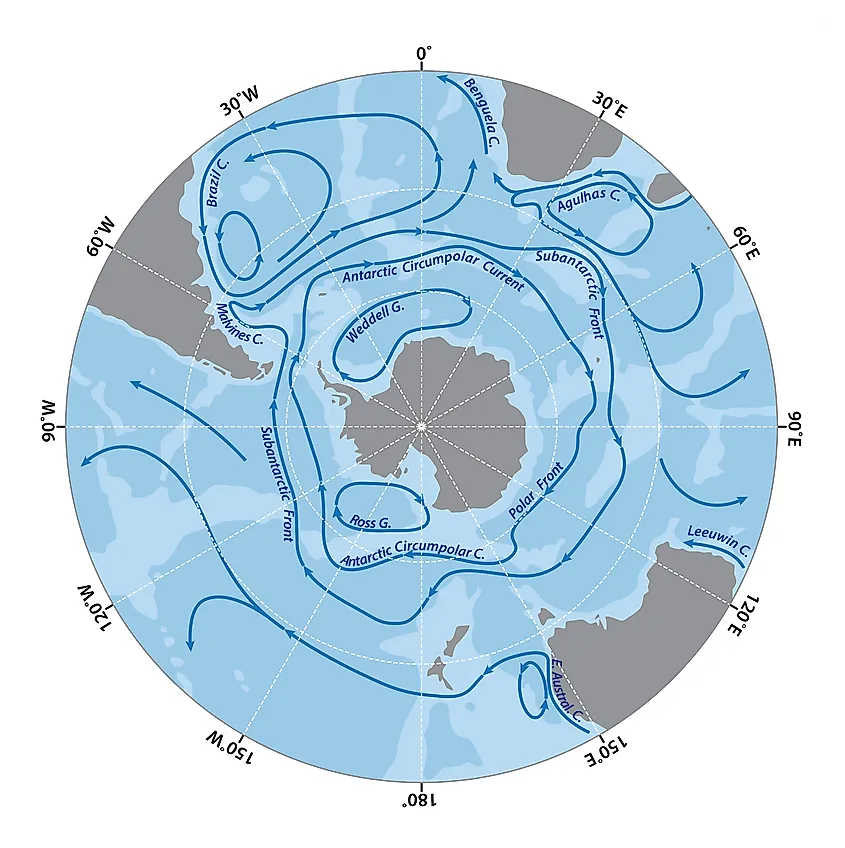
The Southern Ocean is considered a separate ocean, mainly because its waters differ from water in other oceans. It has a complex current, known as the Antarctic Circumpolar Current, the world’s longest ocean current at 21,000 kilometers. The current transports 130 million cubic meters of water per second, more than any of the world's rivers. The outgoing radiation, cold water, and katabatic winds from the Antarctic flowing at the ocean’s bottom towards the north are replaced on the water surface by warm water flowing from the three major oceans. The point where the warmer water meets the cold Antarctic water is known as Antarctic Convergence. This point is nutrient-rich and supports a lot of marine life.
Biodiversity
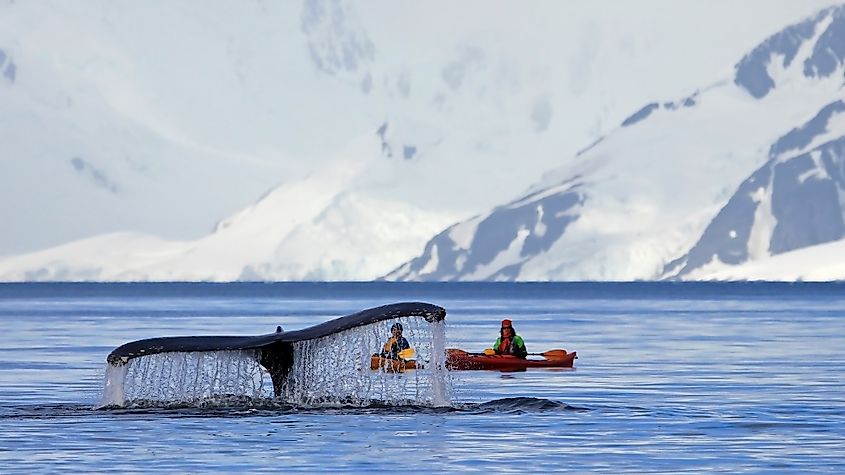
The ocean supports a variety of plants and animals, with most animals relying on the rich phytoplankton from the Antarctic Convergence. Marine life includes whales, penguins, orcas, and seals. Some of the penguins that breed in the Antarctic are emperor penguins (breed only in winter), Adelie, Gentoo, rockhopper, chinstrap, and king penguins.
There are relatively few fish in the Southern Ocean compared to the other big oceans. Snailfish is the most abundant species, followed by eelpout and cod icefish, with the three species accounting for about 90% of the ocean's described fish species. The Southern Ocean’s rocky shores are popular nesting grounds for over 100 birds, including petrels, gulls, albatrosses, terns, and skuas. Numerous invertebrates, such as crustaceans and mollusks form the bulk of the ocean’s benthic community.
Economic Importance
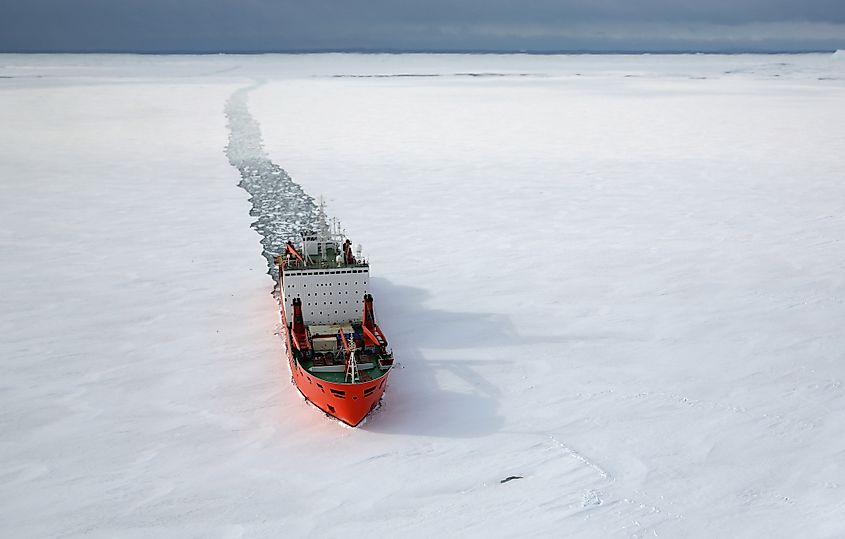
Like other world Oceans, the Southern Ocean is an important fishing ground. In 1998-1999, the total catch was close to 120,000 tons, of which 85% were krill, and the rest of the catch were Patagonian toothfish. There are few major ports on the coast of the Southern Ocean because of the limited human activities. Some of its ports are Rothera Station (Owned by the UK), Villa Las Estrellas (Chile), Palmer Station (US), and Mawson Station (Australia).
The Southern Ocean also contains oil and gas deposits on its continental margin. Also, during the sedimentary process, the gravity separation leads to the formation of placer deposits of gold and other valuable minerals. Manganese nodules also exist in the ocean. Each year, icebergs form in the Southern Ocean. These icebergs contain freshwater that all people on earth need for months.










